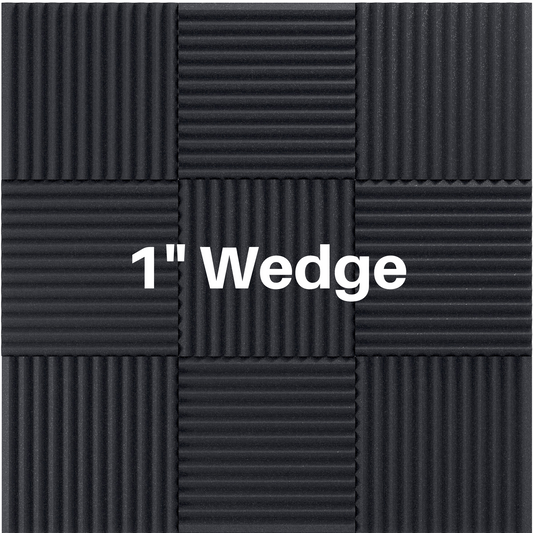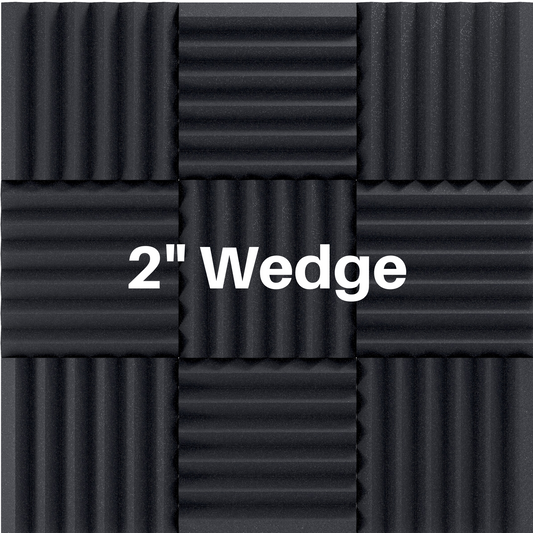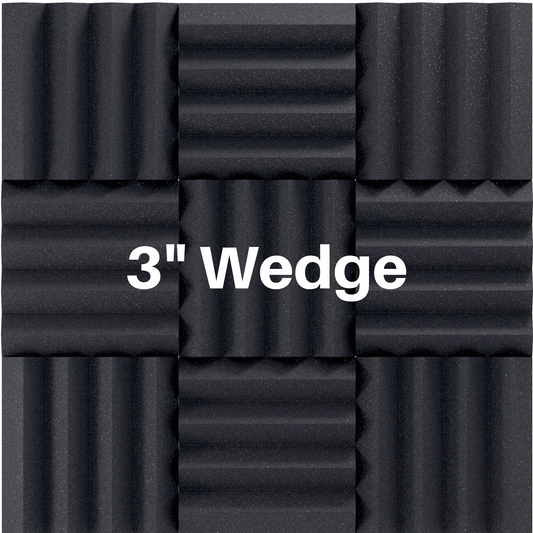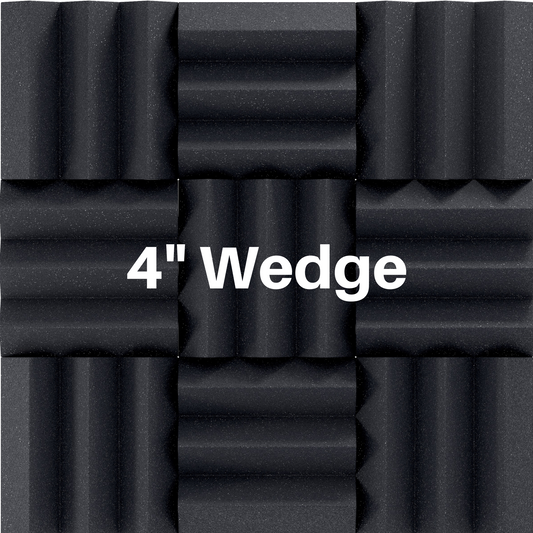How to Clean Acoustic Fabric
Share
Whether it’s a spill from a coffee cup or dust accumulation, knowing how to properly clean these panels can help maintain their effectiveness and appearance. Here are some common stains and how to clean them from your acoustic fabric panels. Check out the video at the bottom of the page!
General Cleaning Tips
- Spot Treatment: Always act fast to minimize stain damage. Work from the edges towards the center to confine the spill area.
- Regular Maintenance: Vacuum acoustic fabric panels regularly to prevent dust buildup. Use the upholstery attachment for best results.
- Avoid Direct Heat: Never dry polyester fabric on high heat or leave it in the dryer for too long to avoid wrinkles or damage.
- Use Appropriate Cleaners: Refer to the list of suitable cleaning products to ensure your fabric stays in great condition.
- Mild Water-Based Detergent - Dawn Ultra Dishwashing Liquid Dish Soap
- Spot Remover for Water-Borne Stains - Folex Instant Carpet Spot Remover
- Solvent-Based Cleaner for Oil-Borne Stains - Goof Off Professional Strength Remover
Dust and Dirt
Dust and dirt accumulation is inevitable over time, especially in high-traffic studio areas. Regularly vacuuming with an upholstery attachment helps keep the fabric clean. For dirt spots, a damp cloth can be used to gently wipe away the grime without damaging the fabric.
Coffee Spills
Recording sessions often involve long hours, and coffee is a staple in many studios. If a spill occurs, act quickly to minimize the stain. Begin by blotting the area with a clean tissue or cloth to soak up as much liquid as possible without rubbing the stain deeper into the fabric. Then, use a mild water-based detergent to gently clean the area. Rinse with clear water and blot dry.
Ink or Marker Marks
Ink and marker stains can be challenging but not impossible to remove. Start by blotting any excess ink with a clean cloth. Next, apply a spot remover or solvent, ensuring not to apply it directly to the fabric. Instead, dab it onto a clean cloth or sponge first. Continue to blot gently until the ink lifts from the fabric. Remember to rinse with water and blot dry to prevent residue build-up.
Grease or Oil
Handling studio equipment can often lead to greasy or oily stains on acoustic fabric. To tackle these, use a solvent-based cleaner. Like with ink, apply the solvent to a cloth first, not directly onto the fabric. Blot the affected area, and follow up with a water rinse to remove any solvent residue.
Food Stains
Quick snacks during recording breaks can result in food stains like chocolate smudges or grease. For solid stains, gently scrape off any excess with a spoon or knife. Then, apply a water-detergent solution to the stain, blotting gently. For greasy food stains, use a solvent-based cleaner following the same blotting method.
Beverage Stains (Other than Coffee)
Soda, juice, or other drinks might spill in the studio, leaving sticky, colorful stains. Begin by blotting up the liquid, then use a water-detergent solution to treat the stain. For stubborn stains, a light spot remover can be used.
Watch on TikTok




